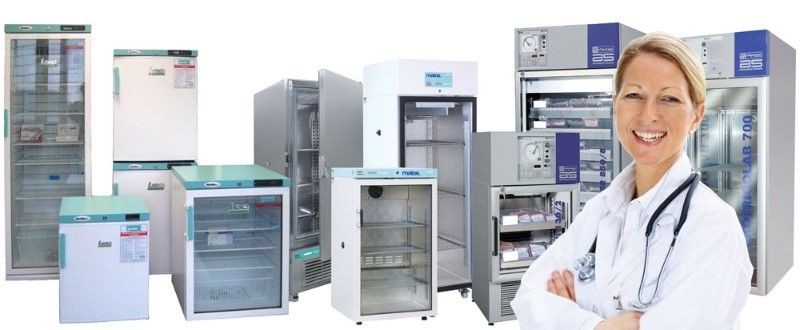Important Things to Consider When Choosing Medical Refrigeration Equipment
When it comes to refrigeration, medical fridges have the most important role to play. Sure, it might be annoying having to clean up after your fridge at home has broke and all the food has turned bad, but if your medical fridge malfunctions, the problem is more than sheer annoyance – you’re risking losing important lab samples or expensive medications. Therefore, any medical refrigeration equipment you have in your lab or medical office has to work without a hitch.
When it comes to medical refrigeration, it can be specially designed for one of these purposes: laboratory samples, blood bank storage, pharmaceutical products, chromatography, or vaccine preservation. However, many of these fridges can also come with additional features that make them suitable for other uses as well. Once you establish what you expect from your medical refrigeration equipment, here are other factors to consider to ensure you’re making the right pick.
Size
Just like regular fridges, medical units also vary in size from small compact countertop units, to large floor models with capacities up to 1.5 cubic metres that can store large amounts of medical equipment or samples. As expected, larger models cost considerably more than smaller ones. But if you’re in need of plenty of cold storage, they can be more cost-effective than multiple smaller fridges that will make electrical costs sky-rocket. In addition to the size of the fridge, you also need to consider how much space you have available.
Consistency of Temperature
Many medical samples and equipment need to be kept at a precise and consistent temperature in order to be properly preserved. Even a slight change in temperature can result in loss of gravely needed medication, blood donations, or ruined research. That’s why it’s so important for medical fridges to ensure 100% consistency of temperature. In addition to making sure you’re purchasing a model from a reliable provider that offers quality guarantee, there are special features that can help maintain a consistent temperature.
Consider models that come with locks on the door that ensure there’s no way the fridge gets accidentally opened, and also prevent anyone unqualified from having access to the supplies stored. A temperature alarm can alert you if there’s a change of temperature due to a power outage or another problem, whereas a temperature display allows for regular monitoring, so that you can be immediately aware of a problem and have time to save your samples.
Energy Rating
Keeping things cold 24/7 will require a lot of electrical energy, but a huge electricity bill is nothing compared to the cost of ruined medical supplies, vaccines, or samples. Nevertheless, like any business, clinics and medical labs also have a limited budget and are in need of energy-efficient solutions that do not compromise on quality. Unfortunately, there’s no Energy Star rating for medical refrigeration equipment currently, but there are efforts for rating models in the future. In the meantime, you can quickly check the energy consumption of a model by using the online calculator offered by Australia’s energy-rating organization.

